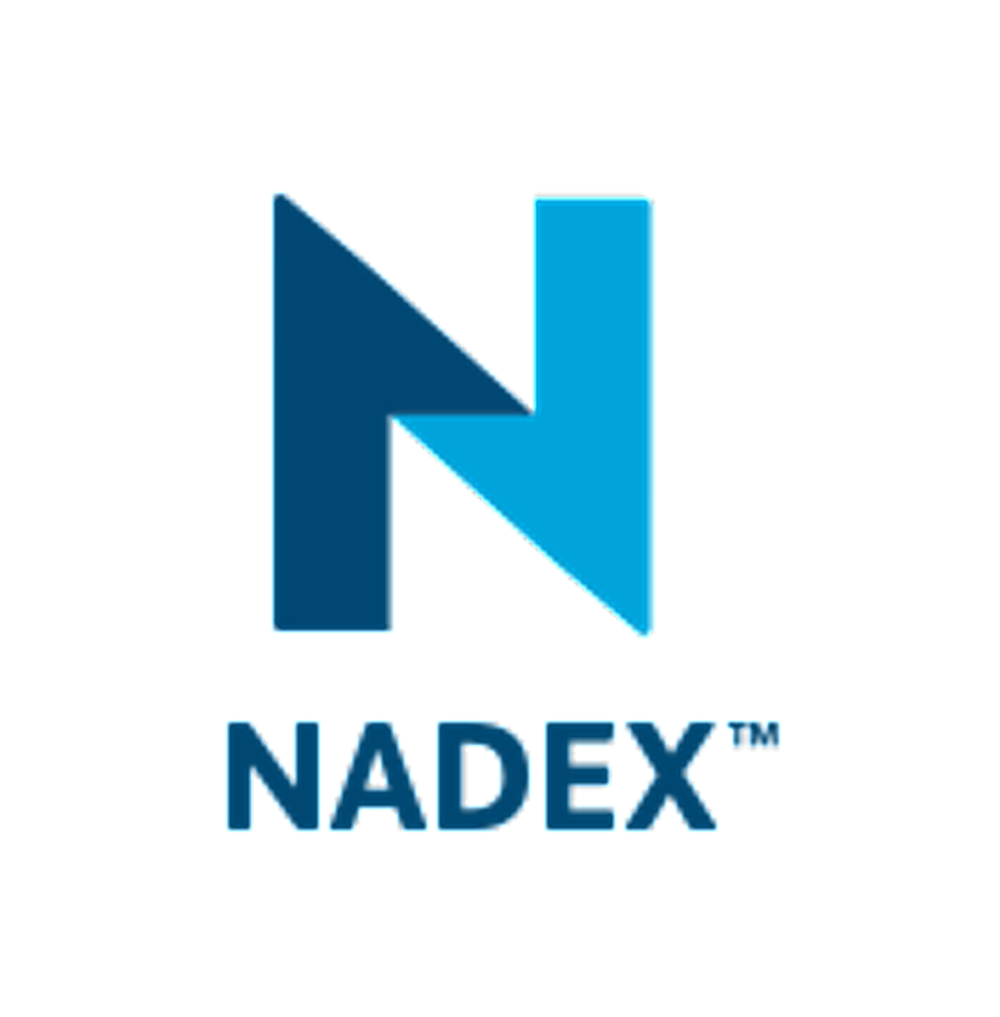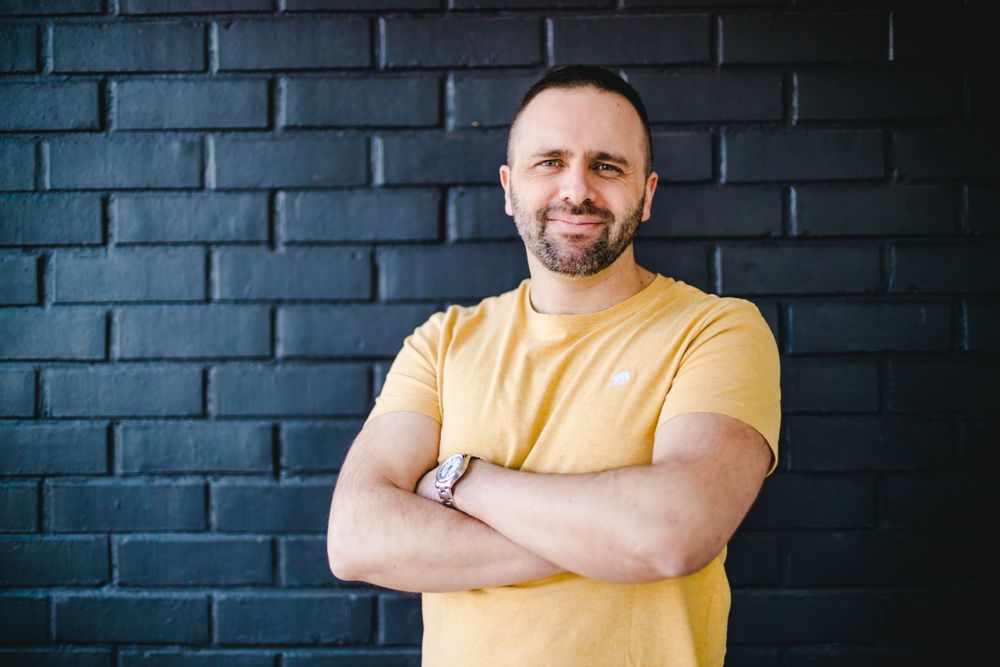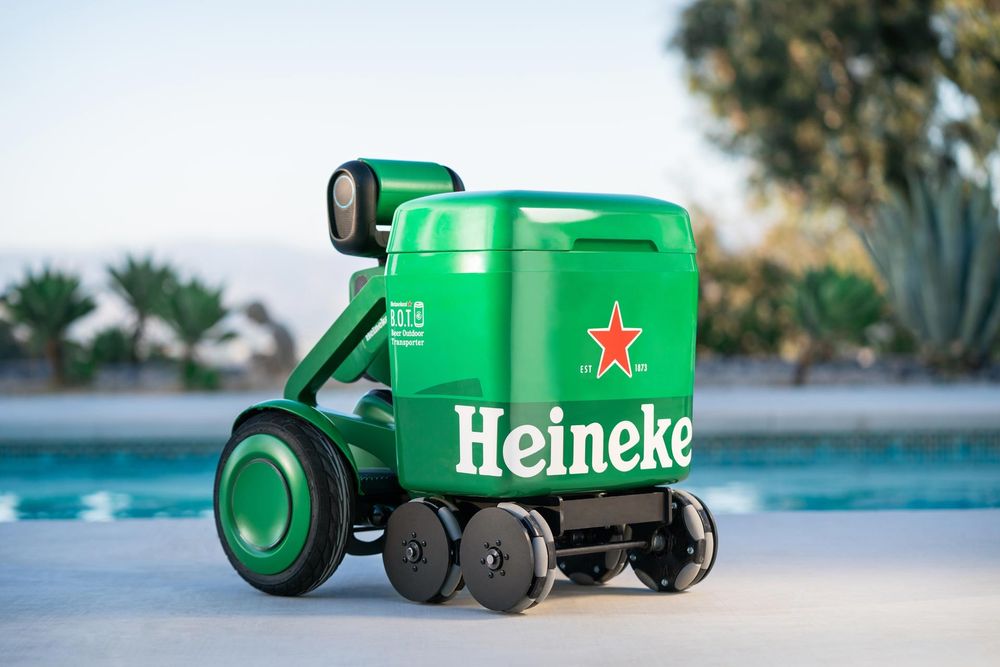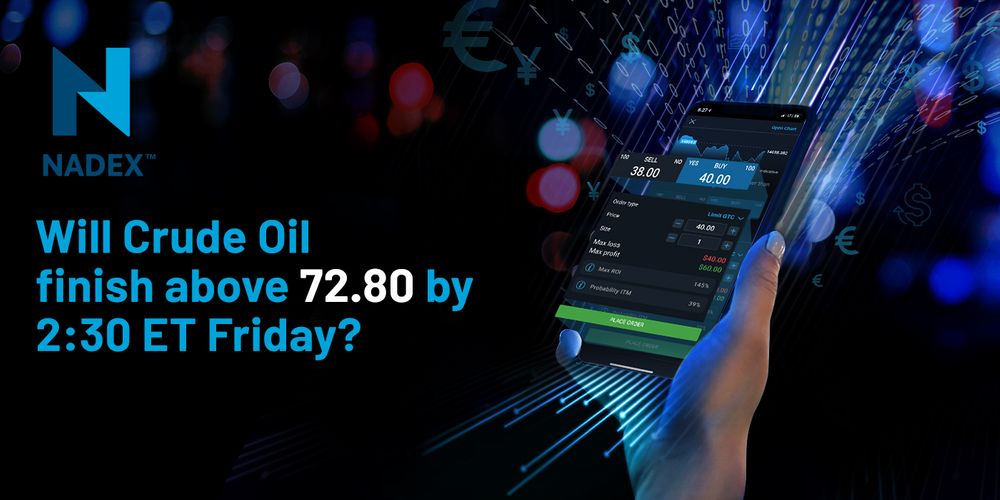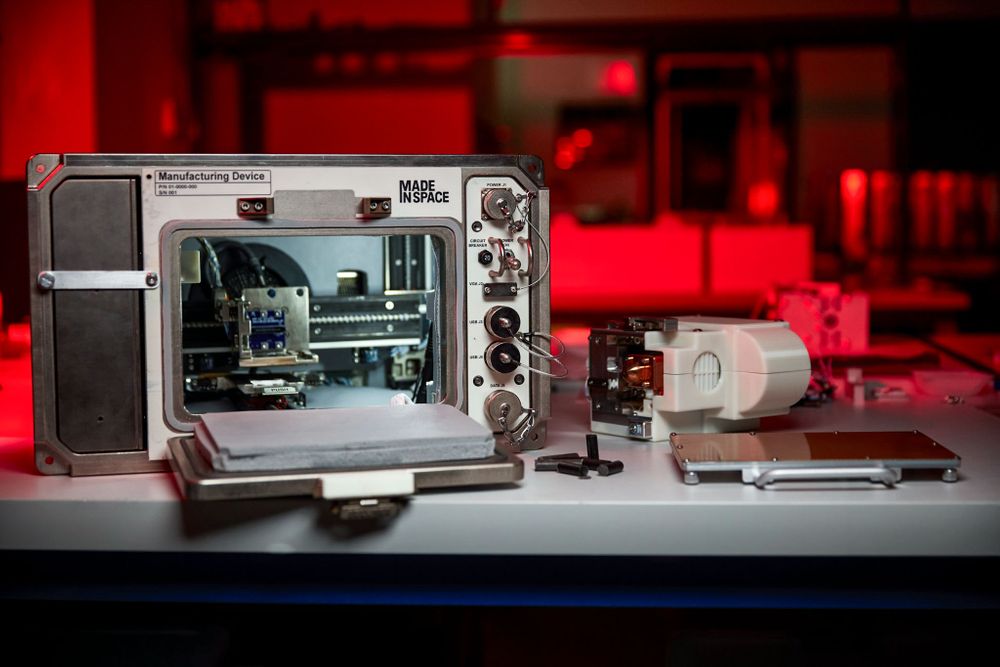|
Hello there. We're not going to waste any time up here today—this issue is packed to the brim.
In today’s edition:
 AI-generated mock meat AI-generated mock meat
 Autonomous marketing stunt Autonomous marketing stunt
 3D printing in space 3D printing in space
—Dan McCarthy, Ryan Duffy, Hayden Field
|
|
|
Karim Pichara, creator of the Giuseppe AI system; Source: NotCo
|
NotCo makes plant-based versions of beloved foods, like milk, meat, and mayo. Founded in 2015, the Chile-based startup has raised $360 million dollars to date—most of which came via a $235 million Series D in late July—and is now valued at $1.5 billion.
- Its sales grew by 3x annually over the last four years, though the company won’t disclose how much it pulls in.
At the heart of NotCo’s operations is an AI system named Giuseppe, which predicts what combinations of plants will add up to animal-like outputs.
Let’s meet Giuseppe
Giuseppe started as a modest model, trained on data scraped from the web and with its scope limited to recipe prediction alone.
Now, a team of over 20 food scientists and chefs work hand-in-oven-mitt with the system, testing out Giuseppe’s educated guesses in the real world, adjusting them as needed, and feeding their changes back into the system, creating an ever-improving loop of mock meat and dairy. NotCo’s research chefs test more than 100 recipes each month.
- NotCo has invested in scientific equipment, like spectrometry and texturometer machines, in order to train Giuseppe on more precise, scientific data.
- Karim Pichara, Giuseppe's creator and NotCo's cofounder and CTO, told us that the initial version of the model was based on a combination of data scraped from the web and feedback from chefs.
Pichara’s team also built a user interface for Giuseppe based on chef feedback, tailoring it to what’s easiest to use in the kitchen.
“We get the chefs involved in the process of technology creation, and they need to test every single new feature and provide feedback,” Pichara said.
Looking ahead: The team has Giuseppe working on bigger challenges, like analyzing meat protein structures to perfectly emulate, say, a ribeye. Pichara said protein modeling is key to getting the details of food right.
“If you are making milk, you need to make sure that the way people use cow milk for making some desserts or foaming is possible—you want your product to behave the same way,” Pichara said, but “if you want to replicate that with plant-based ingredients, you need to work at the protein modeling level. And that is something we're doing now.”
Click here to read the full conversation with Pichara about Giuseppe's evolution.—DM
|
|
|
Heineken
|
This summer, Heineken introduced the B.O.T. (Beer Outdoor Transporter). The limited-edition robot can carry up to 12 beer cans and follow humans around. It’s not for sale, but got distributed to a few US social media users through sweepstakes in July and August.
I (Ryan) did not win the sweepstakes, but I did try out B.O.T.—or, as I nicknamed it, Heiny—for a few days in late July.
We wanted flying cars, instead we got robotic coolers
B.O.T. was designed by Fast Horse and built by VT Pro Design. It contains multiple parts:
- A Segway scooter is the mobility base.
- An Intel computer-vision module with a touchscreen display serves as the “head.” This component tracks you, displays B.O.T.'s robotic emoticons, and plays its favorite lines (like “I'm here to party”) when prompted.
- A foam-wrapped cooler attaches to the other two parts, serving as the robot’s rear. I didn’t actually ever put any Heinekens in there. Given the robot’s size and weight, the 12-pack payload seems to check out, though.
- A companion Samsung phone that pairs with B.O.T. and lets users send commands to it.
B.O.T. is fast and it can keep up with you at a brisk pace outside. Its tracking capabilities are decent, but it does take corners too sharply and bumps into inanimate objects. It won’t run into people, but it's not as wise as its delivery sidewalk counterparts.
Our verdict: B.O.T. is a marketing/PR stunt. Brands have a long history of using robots and AI for creative ad fodder. B.O.T. isn’t coming to a backyard near you soon—but it very well could reach your social media feed, or eventually, cable/streaming ads.—RD
|
|
|
|
You don’t need that thing, it’s always giving you vague answers anyway. When it comes to future predicting, you should check out Nadex.
Nadex is a US-regulated exchange that offers predictions on the world’s biggest financial markets. What does that mean? Contracts priced between $0 and $100 based on the market’s perception of a given outcome being true or false when the contract expires.
You can trade in and out of those contracts, or close out early—giving you much more autonomy than your Ouija board does.
Nadex contracts last anywhere from five minutes to a week, letting you capitalize on the potential of market events and short-term price action. Your psychic can’t do that.
Plus, there’s extra cash in your future if you join Nadex now. If you make a first-time deposit of $1,000 or more, you’ll receive a $100 account credit.*
Fire your genie and join Nadex here.
|
|
|
NASA
|
NASA’s most recent resupply mission for the International Space Station hurtled toward its destination with over 8,000 pounds of scientific cargo.
One precious piece of freight? A 3D printing system called the Redwire Regolith Print (RRP). It was built to make things using lunar soil—and to operate in continuous microgravity.
Why it matters: NASA is interested in using “regolith”—aka the layers of loose rock and soil found on the moon and other planets—to 3D print building material for housing, landing pads, and other structures in space. The space agency is exploring this approach because, if successful, it would cut down on the raw construction materials that future launches have to haul to the Moon and Mars.
- The system will operate in tandem with the 3D printer that’s already aboard the ISS: the Made In Space Manufacturing Device (ManD). A wrench was one of ManD’s first creations.
Back to Earth: There are realistic applications for this technology closer to home, too. Creating resilient structures using on-site materials could mean better infrastructure in remote areas, according to NASA—and faster emergency construction for natural disaster response.—HF
|
|
|
Neal Freyman
|
Stat: A Swiss university reportedly broke the record for calculating Pi by coming up with 62.8 trillion digits. (Pictured above: the first 1,000)
Quote: “We will all be cyborgs at one point.”—Steve Aoki, to Emerging Tech Brew
Read: A widely used drug addiction risk algorithm could be making things worse.
Bone up: The joint replacement market is a $19.6B industry with over a million knee replacements per year. Monogram is overhauling the industry for patients and doctors with a personalized approach that uses robotics, AI, and 3D printing. You can invest in this groundbreaking, knee-fixing company here.*
*This is sponsored advertising content
|
|
SPONSORED BY TRANSPARENTBUSINESS
|
|
You’ve worked hard for your money, now it's time for your money to work even harder for you. With TransparentBusiness high-yield notes, you earn interest at a higher rate than with most fixed-income instruments. Protect your funds from inflation and start earning 20% a year. Limited time offer. Click for more info.
|
|
-
The NHTSA is investigating Tesla’s Autopilot system after cars using the advanced driver-assistance system crashed into stationary first-responder vehicles 11 times. Two Senators also encouraged the FTC to look into the system.
-
Intel is sunsetting RealSense, a hardware division that made cameras and sensors for computer-vision applications.
-
Walmart is hiring a crypto expert.
-
Boston Dynamics released a new video of its Atlas robots doing parkour.
|
|
|
With Tesla’s Autopilot system under investigation by the NHTSA, let’s test your knowledge of what does and does not constitute autonomous driving.
Click here to take the quiz.
|
|
|
Emerging Tech Brew is hiring! If you’ve ever read this newsletter and thought, “Hmm...I can write better stories better than that,” now is your chance to make it happen. We will also accept applications from those who have not had that thought and enjoy our work.
Here’s the application.
|
|
|
Catch up on the top Emerging Tech Brew stories from the past few editions:
|
|
|
Enjoying the newsletter? Share it with your network to take advantage of our rewards program.
When you reach 3 referrals, you'll be invited to Monthly Exclusive Events with our co-founder Alex and the biggest names in business.

Hit the button below to learn more and access your rewards hub.
Click to ShareOr copy & paste your referral link to others:
morningbrew.com/emerging-tech/r/?kid=303a04a9
|
|
|



